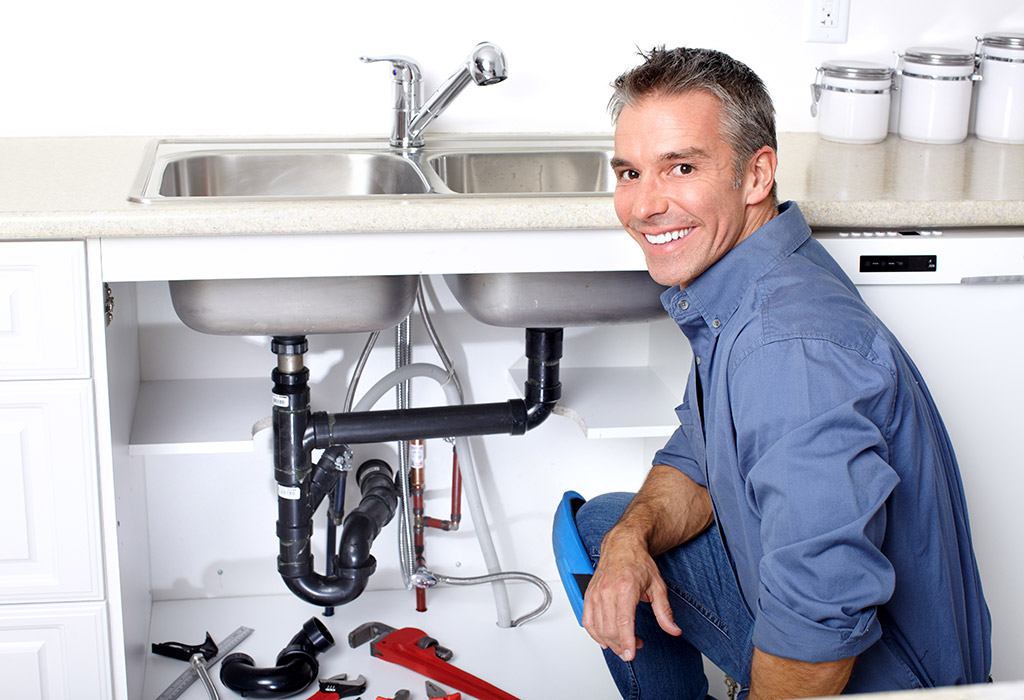Fast and Reliable Drain Cleaning Alabaster AL Services Available
Fast and Reliable Drain Cleaning Alabaster AL Services Available
Blog Article
A Detailed Overview to Effective Hot Water Heater Installation for Ideal Efficiency
Starting the task of mounting a hot water heater is an endeavor that demands accuracy and a methodical strategy for attaining optimum performance. The process begins with the essential decision of picking the suitable heater tailored to the certain needs of your house, taking into consideration aspects such as energy, size, and type source. Once selected, preparing the setup area to satisfy safety requirements is critical. Nevertheless, the journey does not end here. As you continue, the complexities of linking water lines and establishing trustworthy electrical or gas links wait for, encouraging insights into making certain effectiveness and dependability.
Selecting the Right Water Heater

Next, take into consideration the size and capacity of the water heater. It's important to assess your family's warm water demands, which can vary based on the number of occupants and their use patterns. An unit that's as well little may bring about inadequate warm water, while an oversized design may lead to unneeded energy consumption.
Effectiveness ratings additionally play a pivotal role in option. Try to find water heaters with high Energy Aspect (EF) rankings, showing remarkable performance and decreased energy use. Tankless designs, though normally more costly upfront, offer considerable energy savings with time as a result of their on-demand heating abilities.
Preparing the Setup Location
Before installing a new hot water heater, careful preparation of the setup area is important. This ensures a smooth setup procedure and aids prevent future problems (Plumbing Alabaster AL). Begin by choosing a proper location that abides by neighborhood building codes and security standards. The area should be completely dry, well-ventilated, and easily accessible for upkeep. It's essential to gauge the space thoroughly to accommodate the hot water heater's measurements, making sure ample clearance around the unit for effective operation and servicing.
Inspect the flooring for security, as the water heating system will certainly require a solid, degree surface to run successfully. If necessary, mount a drip frying pan beneath the system to capture possible leaks or spills, protecting against water damage to the surrounding location.
Additionally, make certain that all essential devices and materials get on hand before starting the installment. This includes things such as wrenches, screwdrivers, a degree, and any kind of added equipment required for mounting and safeguarding the heating unit. A well-prepared installment location establishes the foundation for a successful hot water heater configuration, maximizing performance and safety.
Connecting Water Supply Lines
When linking supply of water lines to your newly mounted hot water heater, it is crucial to make sure that all connections are protected and leak-free to keep reliable operation and avoid water damages. Begin by identifying the chilly and warm water lines. The cool water inlet is commonly noted with a blue label or a "C", while the warm water outlet is marked with a red sites label or an "H".
Usage adaptable water heating unit ports to assist in an easier installment process. Before attaching the connectors, position a plumber's tape around the threaded ends of the water heating unit's inlet and electrical outlet pipelines.
When connections remain in area, slowly switch on the main water system valve. Evaluate each link for leaks by aesthetically examining and really feeling for dampness. Tighten up connections as necessary, and guarantee the pressure alleviation shutoff is appropriately set up, safeguarding against excessive stress accumulation.
Setting Up Electrical or Gas Connections
Appropriately establishing up the electric or gas links for your water heating system is an important step to ensure reliable and safe operation. For electric water heating systems, start by validating that the electrical circuit is compatible with the heating unit's voltage and amperage needs.
For gas water heating systems, safety is extremely important. Confirm that the gas supply is off prior to proceeding. Attach the gas line to the hot water heater utilizing an adaptable gas connector, guaranteeing it is properly threaded and sealed with pipe joint compound or Teflon tape ideal for gas connections. Tighten the connections with a wrench, making sure not to over-tighten (Water Heater installation Alabaster AL).
When links are made, evaluate for any type of possible leaks. For gas lines, apply a soapy water option to the joints; bubbles indicate a leakage. For electric links, double-check that all electrical wiring is safe and effectively insulated, keeping conformity with neighborhood electric codes.
Changing and evaluating for Efficiency
With the electrical and gas links Click Here safely in position, the next step is reviewing the operational performance of your water heating unit. Begin by very carefully transforming on the water supply and making certain there are no leaks at any of the shutoffs or joints. When verified, continue to load the tank, focusing on the stress and temperature level settings. It is suggested to set the thermostat to a recommended temperature see this of around 120 ° F(49 ° C) to stabilize energy efficiency and comfort.
Next, do a detailed evaluation to make certain the heating components or burner are functioning appropriately. For electrical heating units, use a multimeter to validate if the components are drawing the ideal existing. In gas models, observe the heater fire; it should be blue and stable, suggesting efficient combustion.
Readjust the setups as necessary to eliminate inadequacies. Take into consideration executing insulation steps, such as including a hot water heater blanket, to better boost performance by reducing heat loss. Additionally, inspect the anode pole's condition, as a shabby pole can lower effectiveness and result in tank corrosion.
Final Thought
Efficient water heating unit installment is essential for making sure optimum performance and energy savings. Firmly connecting water supply lines and meticulously setting up electric or gas links reduce potential problems.

Properly setting up the electric or gas links for your water heating unit is an essential step to make sure safe and effective procedure. For electrical water heating units, begin by validating that the electrical circuit is suitable with the heating unit's voltage and amperage demands. Link the gas line to the water heater making use of a flexible gas connector, ensuring it is correctly threaded and secured with pipe joint compound or Teflon tape ideal for gas links.
Report this page